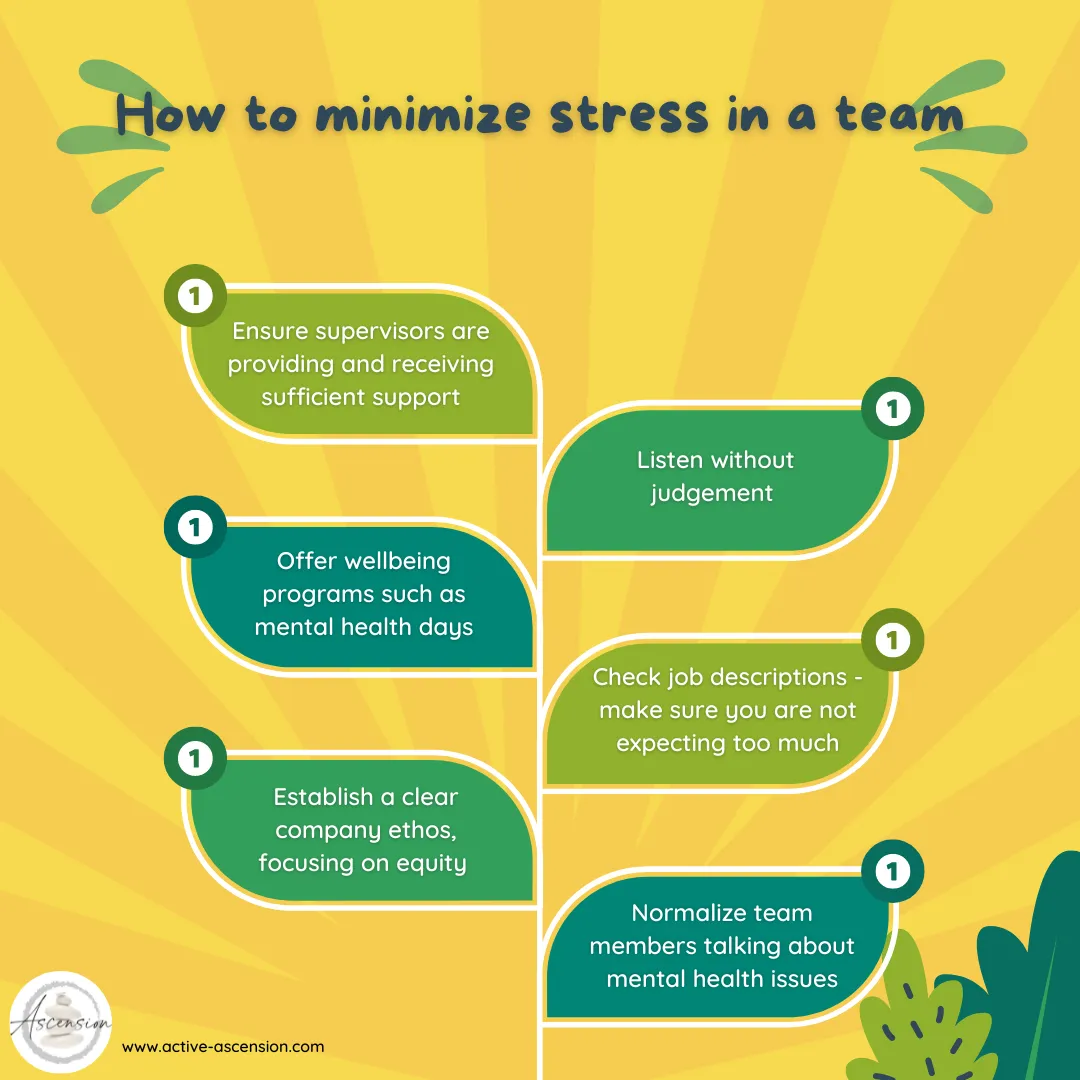Stress is one of the most common mental health issues at work. According to a 2020 workplace survey, 79% of workers commonly experience work-related stress. The Health and Safety Executive regards workplace stress as a major employment risk and stress-related employee absence is estimated to cost the US economy $3 billion per year.
Did you know that 17.9 million working days were lost due to work-related stress, depression or anxiety in 2020? According to the American Psychological Association, workplace stress is the leading cause of stress for adults in the U.S. Over the past 20 years this has escalated and is continuing to do so. The main causes of workplace stress, broken down by percentage, are:
Ineffective company communications: 80%
Heavy workload: 39%
Boss: 35%
People issues: 28%
Poor job security: 6%
When individuals are not well self-regulated or are acting in their own interests without regard to others, it generates social incoherence (HeartMath Institute). Stressful or discordant conditions in a given group act to increase emotional stress among its members and can lead to social pathologies such as violence, abuse, inefficacy, increased errors, etc. It has become increasingly clear that the leading sources of stress for adults is the social environment at work.
More than 9 in 10 adults believe that stress can contribute to the development of major illnesses such as heart disease, depression and obesity, and that some types of stress can trigger heart attacks and arrhythmias. While awareness about the impact stress can have on emotional and physical health seems to be improving, many working Americans continue to report symptoms of stress with 42% reporting irritability or anger, 37% fatigue, 35% a lack of interest, motivation or energy, 32% headaches and 24% upset stomachs due to stress.
40% of job turnover results from stress. An estimated 60% of all job absenteeism is caused by stress. Depression and unmanaged stress are the top two most costly risk factors in terms of medical expenditures. They increase healthcare costs two to seven times more than physical risk factors such as smoking, obesity and poor exercise habits.
Can your company afford to ignore it?

